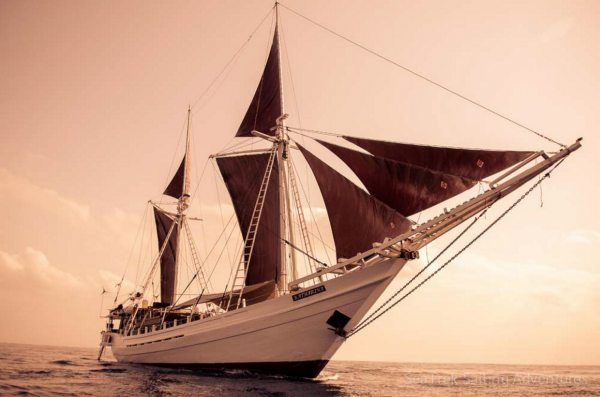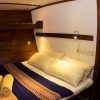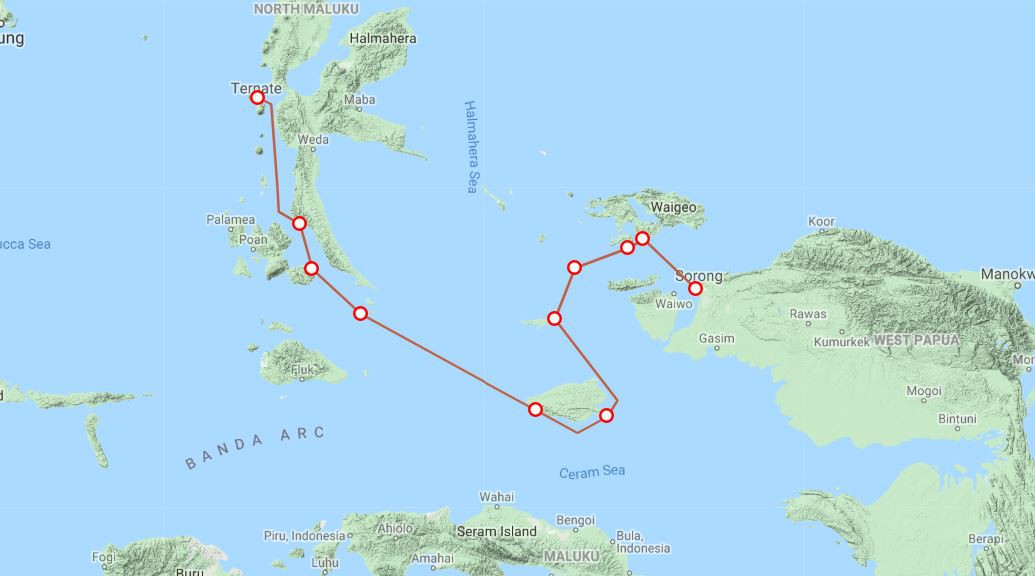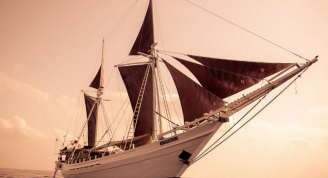Description
This unforgettable cruise will travel to remote and exotic Indonesian islands in the wake of the legendary British naturalist, Alfred Russel Wallace, co-discoverer of the theory of evolution by natural selection. In 1854, Wallace set off on a voyage to the Malay Archipelago (now Indonesia and Malaysia), where he spent eight years, collecting more than 125,000 specimens. His book “The Malay Archipelago” is the region’s most famous travelogue; it has been in print for nearly 150 years.
Wallace’s observations of the marked zoological differences across a narrow strait between the islands of Bali and Lombok, and Borneo and Sulawesi, led to his proposing the zoo-geographical boundary now known as The Wallace line. In 1858, while suffering from an attack of malarial fever, Wallace conceived the theory of natural selection independently of Charles Darwin, but it was his extraordinary fieldwork and his concern about the effects humans were having on the natural world, which put him into the pantheon of conservation greats.
Like Wallace, we will go in search of the Birds of Paradise, which he regarded as “…one of the most beautiful and most wonderful of living things.” Our journey on-board the Katharina will visit some of the places that most fascinated Wallace, including Ambon, Seram, and the Raja Ampat Islands with their pristine and incredibly diverse coral reefs and glorious Birds of Paradise.
On-board the Katharina we will have comfortable cabins and delicious food, and for us there will be none of the hardships that Wallace experienced: more than once he had to make a small parakeet last for two frugal meals as he sat in his small, leaking, ant-infested hut in the pounding tropical rain.
Note: The price of this cruise does not include any domestic airfares to and from our start and end points. If you are booking by yourself, please check with us first to find out the best routes to take, and to ensure that you arrive at your destination with plenty of time to spare. Except for Bali, transfers to and from local airports to the boat are also included.









